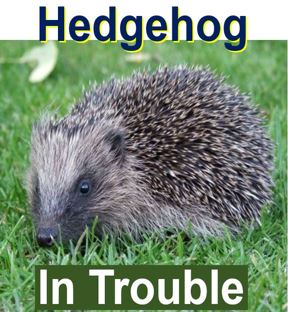The British hedgehog population is declining alarmingly, according to a new survey carried out by BBC Gardeners’ World magazine. Nearly half of all Britons have never seen a hedgehog in their garden, while just 29% of those participating in the wildlife survey saw one in their garden during the past twelve months.
Last year, 32% of respondents in the wildlife survey had seen a hedgehog in their garden during the previous 12 months.
Of the 2,348 people who participated in the survey, just eleven percent said they regularly saw hedgehogs in their gardens, while 48% said they had never seen one.
The following quote is from UP GARDENER:
“If you’re wondering how to attract hedgehogs to your garden, how to help them find food and shelter, and how to protect them in the wild, then this guide is for you.”
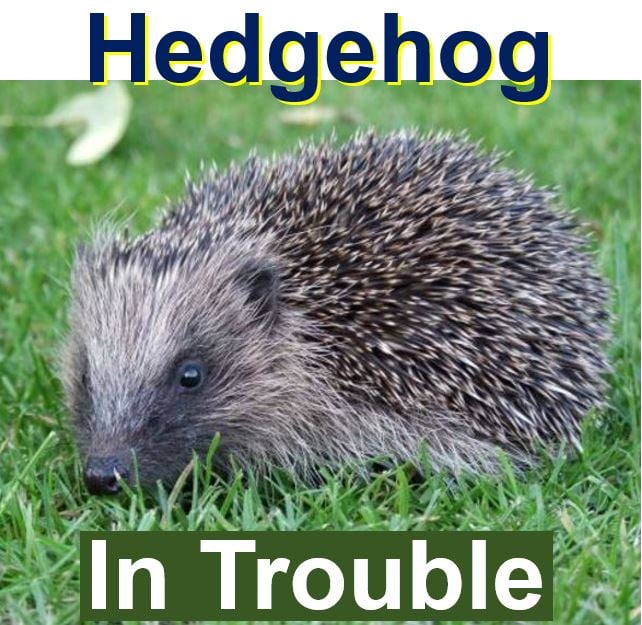 Without our help, the British hedgehog population is likely to continue declining. In fact, it could eventually become extinct in the wild in the UK. (Image: hedgehogstreet.org)
Without our help, the British hedgehog population is likely to continue declining. In fact, it could eventually become extinct in the wild in the UK. (Image: hedgehogstreet.org)
Hedgehog population crashed since 1950s
Experts believe there are fewer than one million hedgehogs in Britain today – thirty percent down on the 2003 population. Compared to the 1950s – when there were about 36 million across the country – their population has all but disappeared.
According to the survey, Britons are keen to save the hedgehog, which feeds on beetles, slugs, caterpillars and other garden pests.
When asked which of all the UK garden wildlife species they would like to save, fifty-two percent of all respondents said the hedgehog, followed by the puffin, sparrow, hairy-footed flower bee and mistle thrush.
Seventy percent of the survey participants said they would happily cut holes in their fences so that hedgehogs could move about more freely. Just this measure, if taken up by most households, would improve the little animal’s fate considerably.
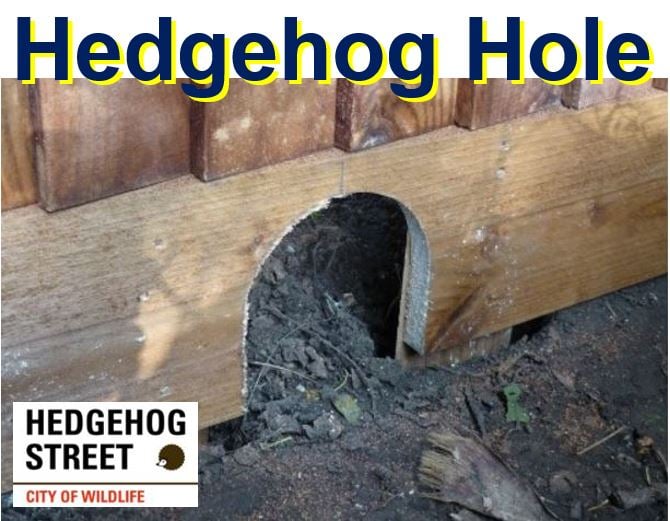 If we all placed a couple of hedgehog holes in our garden fences and walls, the difference to the little animal’s fate would be considerable. (Image: hedgehogstreet.org)
If we all placed a couple of hedgehog holes in our garden fences and walls, the difference to the little animal’s fate would be considerable. (Image: hedgehogstreet.org)
Editor of Gardeners’ World magazine, Lucy Hall, said:
“The much-loved, humble hog is among gardeners’ most appealing natural allies, but they’re disappearing on our watch.”
“And yet a few simple steps, from leaving out the right food, to opening up gaps in fences and creating secluded areas for nesting and hibernation, will help make our gardens the havens that hedgehogs have long enjoyed. If we act collectively now, we can still help save the species for future generations, but time is running out.”
According to The Wildlife Trusts:
“The once common hedgehog is now under threat from development and habitat loss caused by the reduction of hedgerows and increase in intensification of our agricultural landscapes.”
“In just the last 10 years, hedgehog numbers have fallen by 30%, and there are now thought to be fewer than one million left in the UK. They are disappearing from our countryside as fast as tigers are worldwide.”
Hedgehogs need our help
Hedgehog Street, an organisation dedicated to protecting hedgehogs, ways that worryingly, they seem to be faring just as badly in the wider countryside as they are in urban areas.
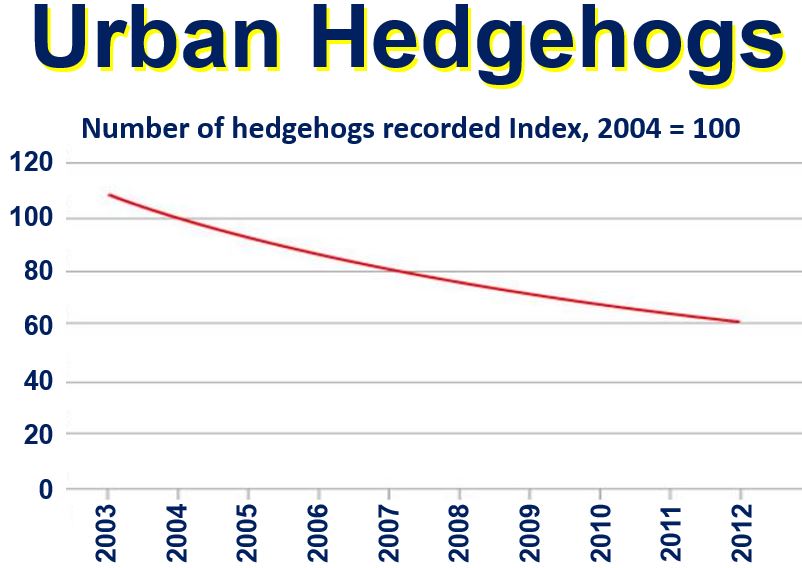 The hedgehog urban population has been declining for several decades. Surprisingly, numbers in rural areas are also down. (Image: students.oneonta.edu)
The hedgehog urban population has been declining for several decades. Surprisingly, numbers in rural areas are also down. (Image: students.oneonta.edu)
The reasons are unclear – it is likely that several different factors are at play.
Fortunately, hedgehogs love gardens and we know what needs to be done so that they can thrive in suburbia. It is all about simple things we can all do to help our country’s favourite garden animal.
Hedgehogs walk about one mile every night through gardens and parks in their quest to find a mate and enough to eat. If your garden is completely enclosed, it might be getting in the way of their plans.
“We now know that one of the main reasons why hedgehogs are declining in Britain is because our fences and walls are becoming more and more secure, reducing the amount of land available to them.”
We can help improve their lives by removing barriers within our control. For example, by making holes in or under our garden walls and fences so that they can pass through. It needs to be a 5-inch-square (13x13cm) hole, which makes it too small for most pests.
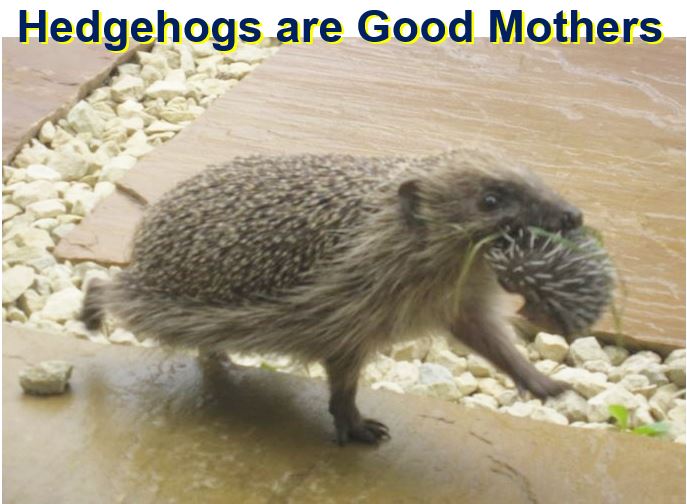 A baby hedgehog is called a hoglet. (Image: hedgehogstreet.org)
A baby hedgehog is called a hoglet. (Image: hedgehogstreet.org)
If you have a garden, you could:
– Take out one brick from the bottom of the wall.
– Cut a small hole in your fence.
– Dig a small channel underneath you fence, gate or wall.
A more radical change would be to remove your walls or fences and place a hedge. Not only would this provide shelter and a route in-and-out of your garden, it would also help other endangered species thrive, such as bees and several types of birds.
When you place the garden holes, add your details to the Big Hedgehog Map.
About Hedgehogs
Britain’s only spiny mammal, the European Hedgehog (Erinaceus europaeus), is one of seventeen species worldwide. It is also known as the West European hedgehog or common hedgehog.
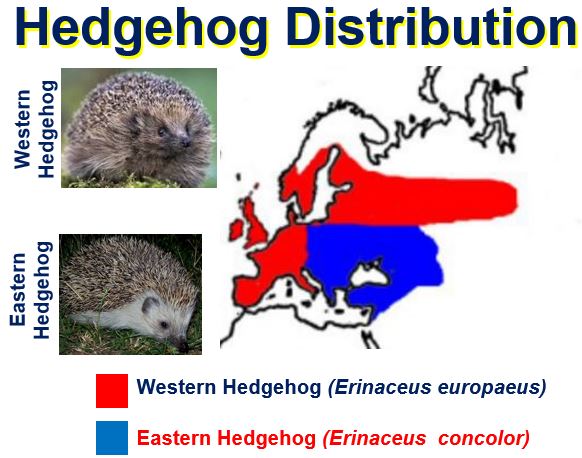 Erinaceus europaeus – the hedgehog we see in the UK – is common throughout most of Western Europe. (Image: wildlifeonline.me.uk/hedgehogs)
Erinaceus europaeus – the hedgehog we see in the UK – is common throughout most of Western Europe. (Image: wildlifeonline.me.uk/hedgehogs)
Each animal’s coat has about 6,000 creamy-brown spines and hangs around its body in a loose-ish ‘skirt’. It has a greyish fur on the underside, surprisingly long legs and a short tail.
Hedgehogs, which have changed very little over the past fifteen million years, are distant relatives of shrews.
They are generalists – they survive in multiple habitats and eat food from multiple sources – that can be found in a wide range of urban and rural habitats. However, they have never been seen in wetlands, coniferous plantations, moors and some islands.
It is an omnivorous animal – like humans, it eats both plants and animals. Its diet includes caterpillars, earthworms, slugs, beetles and other insects. It may also supplement its diet with some fruits and mushrooms.
Hedgehogs’ breeding season starts after hibernation. Females become pregnant mainly from May to July, although some may carry young as late as September. Gestation lasts from 31 to 35 days. The babies (hoglets) are cared for just by the female. A typical litter includes from four to six hoglets (litters of ten have been observed).
According to recent studies, the litters are larger in northern areas of Europe compared to southern parts of the continent.
The hoglets are born blind with a covering on tiny spines. At the age of about thirty-six hours, the second outer coat of spines starts sprouting. At 11 days old they can roll into a ball. Weaning occurs when they are four to six weeks old.
Most European hedgehogs live for about three years – some may live up to ten years.
In the Western Isles of Scotland, where it is not a native species, it has become a serious pest. Hedgehogs there eat the eggs of ground-nesting waders such as northern lapwing, common redshank, dunlin and common snipe. New Zealand authorities also consider it a pest because it preys upon various native fauna.
Video – Hedgehog entering garden through hole

